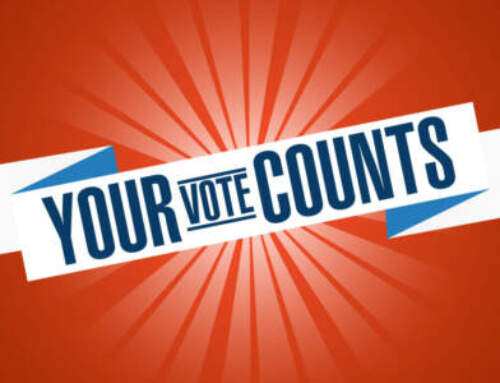Brianne Fitzgerald, NP – Recoverymattersma.org
At first glance it looks like a no brainer. Recreational cannabis legalization first took place on the West Coast and the first serious wave of opioid addiction took place in Appalachia and Maine. If all you do it eyeball the numbers and jump to the idea that pot = less opioid use you have missed a lot. The data is indeed messy. Some say that cannabis is a gateway drug (and from where I sit 100% of the patients, I see identify cannabis/alcohol/nicotine as their initiation into further drug use). This is not causal it is by association because we have not done systemic studies and yet 72,000 people fatally overdosed on opioids in 2017. Should we continue to beat the drum for cannabis for everything without knowing whether it contributes or not to that number?
Pain arises from multiple etiologies, some is clear cut like post-surgical pain and others are vague like back pain or psychic pain. We have all seen what has happened from the free and open-ended use of opioids for pain. The use of cannabis, particularly the psychoactive element of THC is associated with several health risks, including neonatal morbidity when used during pregnancy, occupational injuries, and cognitive risks such as diminished executive functioning, information retrieval, motor skills and more. The younger the user the more severe the cognitive issues. Psychological consequences of cannabis use (particularly high sativa content strains) can ranges from worsened social functioning to frank psychosis and schizophrenia.
As has been noted it is difficult to do medical cannabis research because of its schedule 1 status. What we do know is that the THC element in cannabis is not the most medically relevant in pain syndromes. Cannabinoid (CBD) which is less psychoactive appears to be safe and has a proven activity as an anti-inflammatory and as an analgesic. Current strains of cannabis are heavily weighted with THC and providers remain limited by their own lack of information on what is being sold in dispensaries and recreational shops. The larger issue that sadly gets lost is the complicated and confusing picture that has been outlined in the previous articles and throughout the literature is that we are all different. The variables of how one experiences anxiety, pain, fear, joy and how these feelings might interact with uncertain chemicals in cannabis is unknown.
So, what does that mean for you? How does one navigate this mess as a consumer, as a parent, as a medical provider? If you don’t care what the limited evidence that we have says, then you are on your own, it’s a roll of the dice. If you believe in the evidence and the current ambiguities… From my perspective, and I unabashedly identify as old school I would say for the occasional (1-4 x a month in a social setting) adult user (over the age of 21) cannabis is relatively safe especially if one follows some guidelines. For those with mental health, medical issues or addiction issues cannabis can be a slippery slope. Using cannabis as self-medication to mask depression, anxiety and low back pain in isolation without sharing the why and where-to-fore’s could result in a worsening of symptoms and health. For whatever reason you choose to use cannabis for pain let your health care provider know about it. Sitting in front of your computer firing one up day after day is not working.





